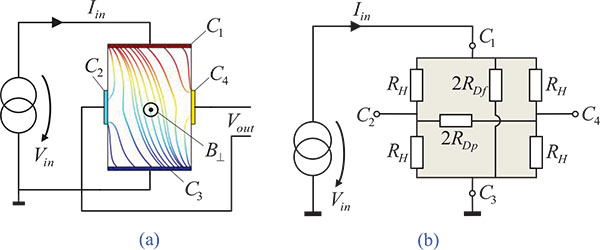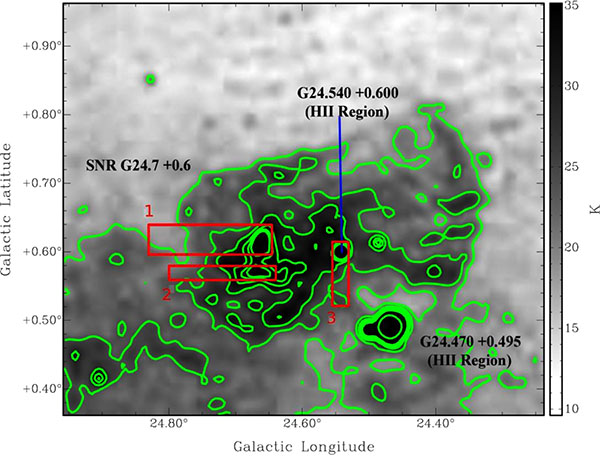RESEARCH ARTICLE
An Analytical Theory of Hall-Effect Devices with Three Contacts
Udo Ausserlechner*
Article Information
Identifiers and Pagination:
Year: 2018Volume: 4
First Page: 14
Last Page: 42
Publisher Id: PHY-4-14
DOI: 10.2174/1874843001804010014
Article History:
Received Date: 11/03/2018Revision Received Date: 02/05/2018
Acceptance Date: 22/05/2018
Electronic publication date: 29/06/2018
Collection year: 2018
open-access license: This is an open access article distributed under the terms of the Creative Commons Attribution 4.0 International Public License (CC-BY 4.0), a copy of which is available at: https://creativecommons.org/licenses/by/4.0/legalcode. This license permits unrestricted use, distribution, and reproduction in any medium, provided the original author and source are credited.
Abstract
Object:
Vertical Hall-effect devices (VHalls) and split-drain MAG-FETs often have three contacts and a single mirror symmetry. We discuss the Equivalent Resistor Circuit (ERC) at small magnetic field, relate it to the electrical degrees of freedom, and compare it to traditional Hall plates with four contacts.
Methods:
In contrast to devices with four contacts, it is not possible to determine the sheet resistance of devices with three contacts by electrical measurements like the one of van der Pauw. However, for both types of devices, the output voltage over input current depends only on resistances of the ERC, the sheet resistance, and the Hall angle, irrespective of the exact shape of the devices and the size of the contacts.
Result:
This allows one to explore the maximum Signal-to-Noise Ratio (SNR) in a very general sense without consideration of any specific device geometry. It is shown how VHalls with all three contacts on the top face of the Hall tub can have electrical symmetry with maximum SNR.













